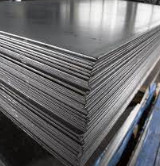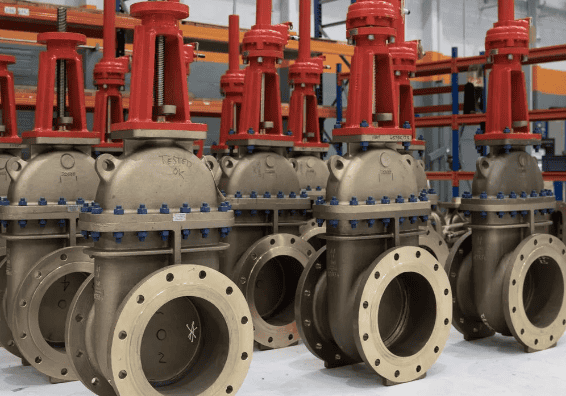Whilst metal is a great material for construction and other projects there is one problem with it that has been a constant issue for anyone wanting to use it. The problem is that if you want to separate pieces to be joined together, how do you do it? If you look back at early car production you can clearly see what the solution was. It was the same principle used with ships and locomotives as well as heavy industry. The answer was to overlap the sheets and plates of iron or steel and then rivet them together. This held them in place perfectly and all seemed well. However there was one issue, and it became especially apparent with seagoing vehicles. The riveted sheets allowed in water and this, mixed with the general atmosphere promoted rust.
The other answer was to weld the two together. This was a fine idea but it left an untidy finish and it was not as strong as the join should or could be. Breakages happened and rust was still a threat. Also, welding required lots of heat and energy, this was not possible in certain places if there were flammable materials nearby meaning that it was back to riveting.
This was solved with the discovery in the 1940s of Metal bonding adhesive like that from ct1.com/product-applications/metal-to-metal-adhesive. This allowed the connections to be secure and made a metal to metal connection that would restrict the amount of water that could get into the groove. As a result rust was reduced and the bond was strong and could be relied on to hold.





